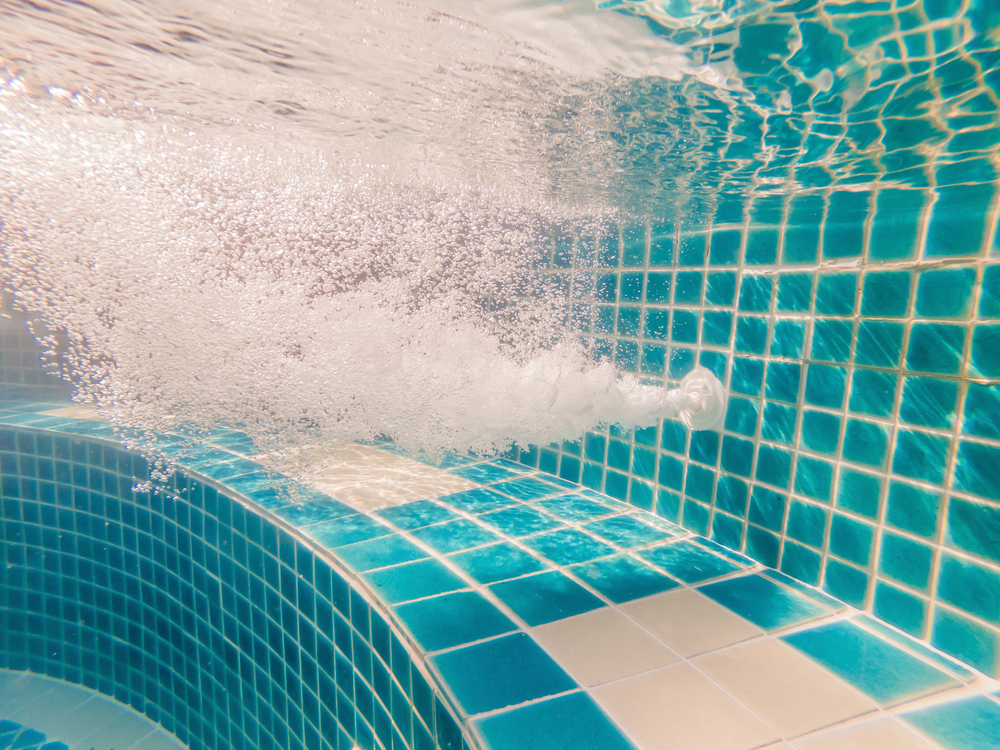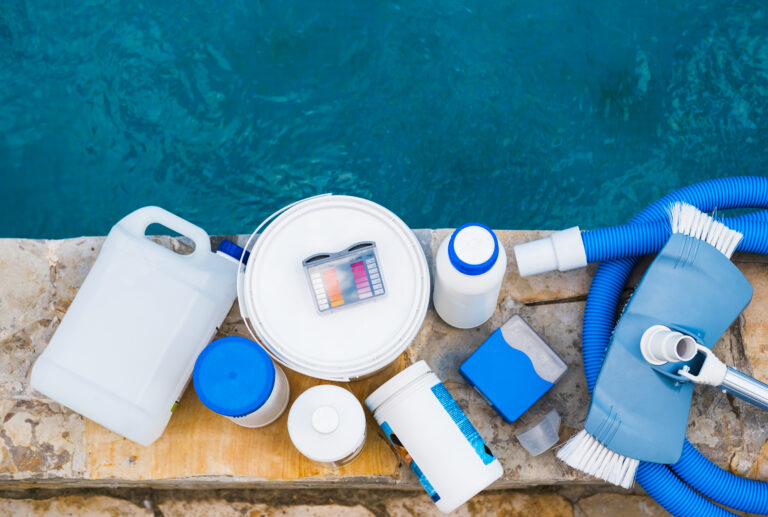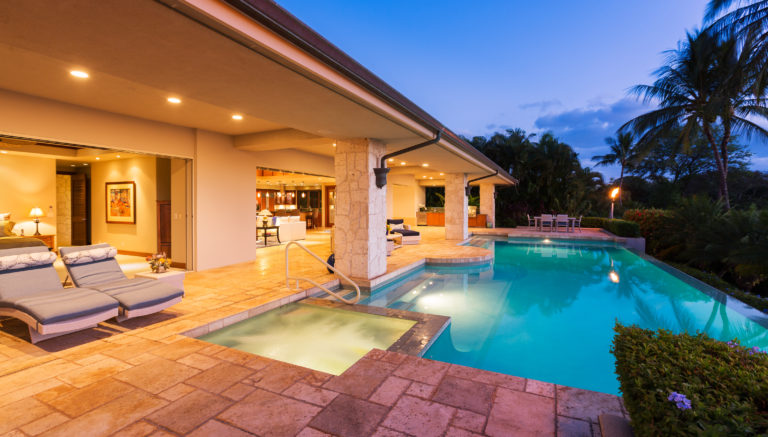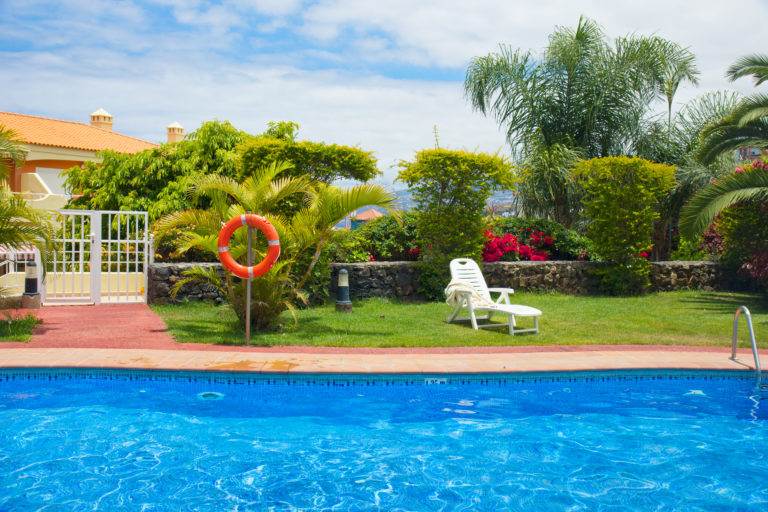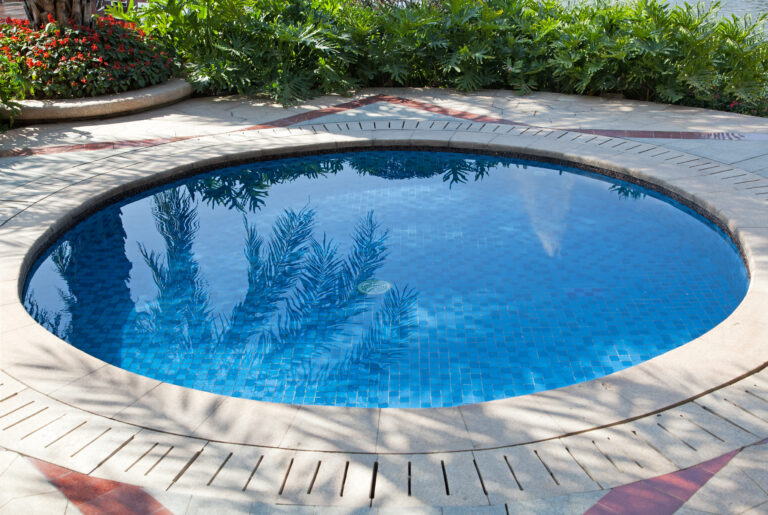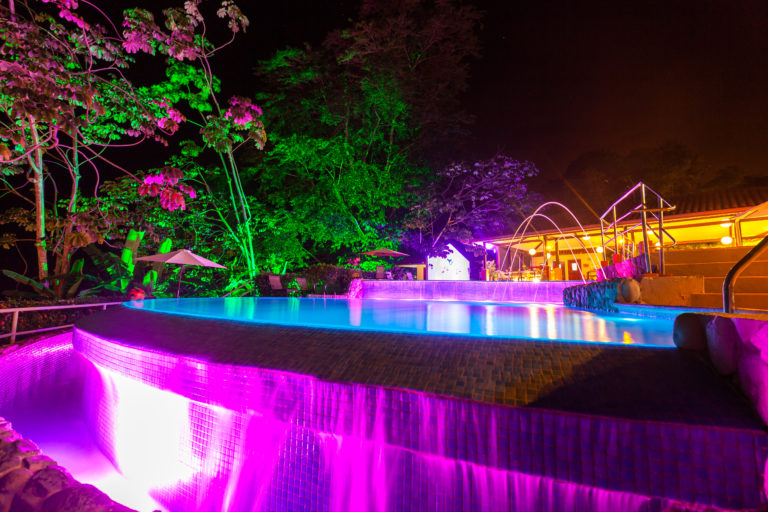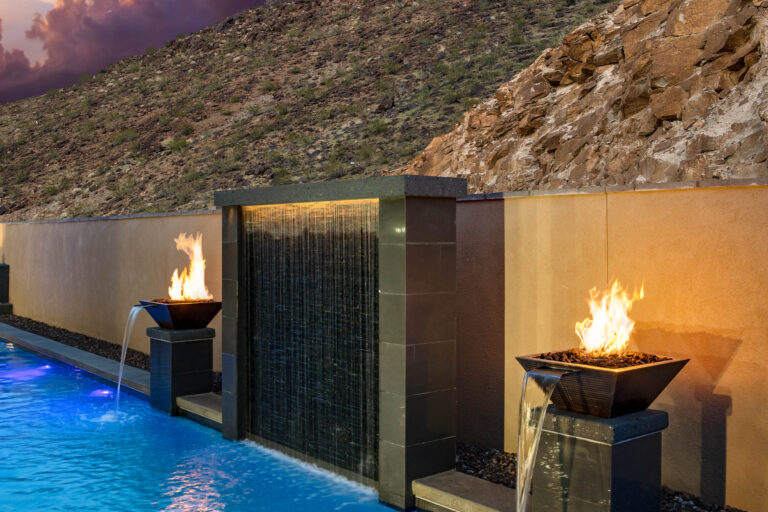The Importance of Proper Pool Circulation Design
You’re thinking about designing a pool, aren’t you? You’ve got your dream shape in mind but have you considered the importance of proper pool circulation?
It’s not just about aesthetics. Good circulation keeps your water clean and safe.
Let’s dive into the world of pool circulation design, avoid common mistakes, and make sure you’re swimming in clear, healthy water.
Understanding the Basics of Pool Circulation
To ensure your pool’s clean and healthy, it’s crucial to understand the basics of pool circulation. The heart of this process lies in Circulation Efficiency and Filtration Systems.
Circulation Efficiency is all about how well water moves around your pool. You’ve got to make sure that the water isn’t just sitting still – it needs to be constantly moving, circulating from one part of the pool to another. This ensures that chemicals are evenly distributed, preventing any unwanted buildup.
Now let’s talk Filtration Systems. These work hand-in-hand with circulation. As your water circulates, it passes through a filter which removes debris and contaminants. But remember, not all filters are created equal! You want a system that can handle your pool’s size and usage level.
So why does this all matter? Well, good circulation efficiency combined with an effective filtration system prevents algae growth and helps maintain clear water – making your swim not only enjoyable but safe too!
Keep in mind that every component matters: pumps for driving the flow, skimmers for surface cleaning, drains for pulling water down… they’re all key players in keeping up good circulation.
Remember – understanding these basics is the first step towards maintaining a sparkling clean pool!
Key Elements of Effective Pool Circulation Design
You’ve got to understand, the effectiveness of your swimming area’s flow system hinges greatly on certain fundamental elements. There are different types of circulation systems and energy efficiency considerations you can’t afford to overlook.
* Circulation System Types: This is the backbone of your pool’s cleanliness and clarity. The two most common types are single-speed and variable-speed pumps. Single-speed pumps have been the standard for years but tend to consume more energy. On the other hand, Variable-speed pumps adjust their speed according to need, which saves energy.
* Energy Efficiency Considerations: Energy-efficient designs not only save money but also contribute towards reducing environmental impact. Things like pump size, pipe diameter, and filtration methods all play a role in how much power your system uses.
* Design Elements: It’s not just about function; aesthetics matter too! The layout of your jets, skimmers, drains – they all contribute to maintaining optimal water flow while ensuring that your pool remains visually appealing.
So remember, when it comes to designing an effective pool circulation system – understanding circulation types and taking into account energy efficiency considerations should be at the top of your list!
The Role of Pool Circulation in Water Quality
You’re about to dive into how pool circulation plays a crucial role in maintaining water quality.
You’ll discover the significant impact that effective circulation has on overall cleanliness, preventing unsightly and potentially harmful algae growth.
Moreover, you’ll learn how proper circulation can actually reduce your reliance on chemicals, making your pool safer and more cost-efficient.
Circulation Impact on Cleanliness”
Poor circulation can seriously impact your pool’s cleanliness, making it harder to keep it crystal clear and hygienic. A well-designed circulation system is vital for energy efficiency and offers numerous health benefits. It helps distribute heat evenly, reduces the need for excessive chemicals, and prevents algae growth.
To maintain a clean pool, consider these key factors:
– Regularly check the pump and filter for optimal performance.
– Strategically position return jets to ensure water flows in one direction.
– Maintain proper water level for efficient skimming.
– Clean skimmer baskets often to avoid blockages.
– Use a pool cover when not in use to limit debris.
Preventing Algae Growth”
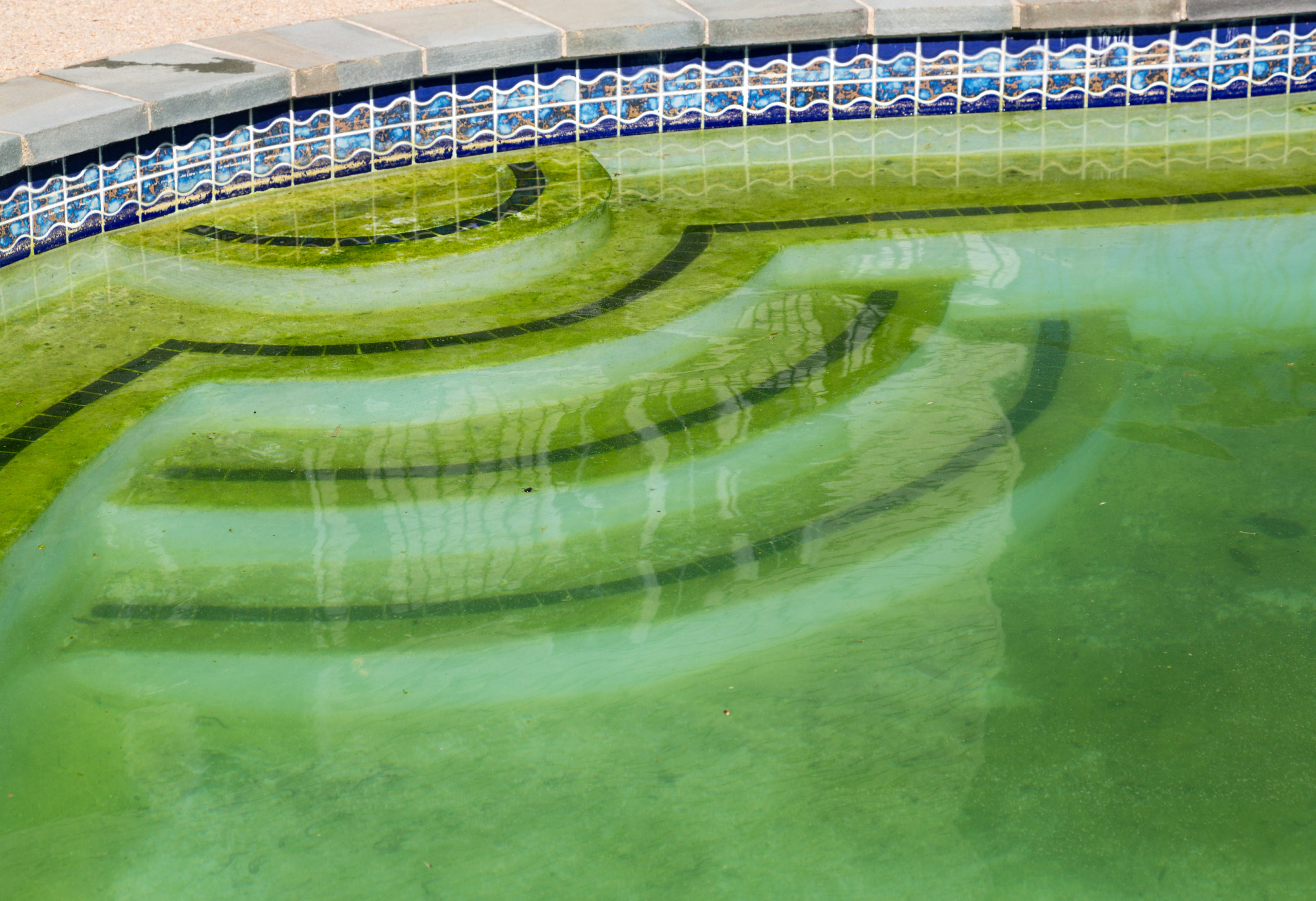
Preventing algae growth is an essential part of maintaining a clean and healthy swimming environment. You need to understand algae types identification as different kinds require varying treatment methods. Some are even chlorine resistant, making them trickier to manage.
It’s not just about chucking in more chlorine; balance is key. Too much can cause eye irritation and corrosion of pool equipment. So, what do you do about these stubborn, chlorine-resistant strains? First, ensure that your pool circulation design is top-notch. Good circulation prevents algae from settling down and growing.
Don’t let the green monster take over your pool! Stay vigilant with regular checks, know your algae types, and adapt your approach accordingly for a pristine swimming experience.
Reducing Chemical Usage
Reducing chemical usage in your swimming area doesn’t only save money, but it also minimizes the potential for skin and eye irritation. It’s about adopting sustainable practices that favor our health and environment.
Consider these chemical alternatives:
– Ultraviolet Systems: These high-tech options neutralize harmful microorganisms without any chemical input.
– Saltwater Systems: Here, a device called a salt chlorine generator converts salt into chlorine. It’s less harsh on the skin and eyes than traditional chlorinated pools.
– Mineral Systems: They use natural minerals like silver and copper to sanitize your pool.
Common Mistakes in Pool Circulation Design
It’s crucial to avoid common mistakes in pool circulation design to ensure a clean and healthy swimming environment. One such error you may encounter is pump placement issues. If your pump isn’t placed strategically, it can negatively impact the overall efficiency of your pool’s circulation system. You should position your pump at an optimal location that promotes water flow and minimizes energy consumption.
Another blunder you need to sidestep is using an incorrect piping size for your pool’s circulation system. The wrong pipe size might result in inadequate water flow or create unnecessary strain on the pump, leading to reduced performance and potential breakdowns over time. Always follow the manufacturer’s recommendations when choosing a pipe size for your pool.
How to Improve Your Pool’s Circulation System
You’ll find that improving your swimming area’s water flow system can significantly enhance its efficiency and cleanliness. Circulation system upgrades don’t only ensure a cleaner pool but they also lead to energy efficient practices.
Here is a simple table showing a comparison of standard systems versus upgraded ones:
| Feature | Standard System | Upgraded System |
| Energy Efficiency | Low | High |
| Maintenance Cost | High | Low |
| Water Quality | Medium to Low | High |
| Lifespan | Shorter | Longer |
| Noise Level | Higher | Lower |
Consider investing in an automated circulation system that can efficiently control the flow of water, reducing your energy consumption. Variable speed pumps are significant upgrades you should think about. They’re quieter, last longer and reduce costs over time due to their energy saving nature.
Regular maintenance is essential too! Cleaning filters, skimmers and pump baskets will improve circulation drastically. Remember, good circulation leads to better filtration and clearer water. So, keep up with those circulation system upgrades as part of your routine pool management for optimal results!
Real-Life Examples of Good and Bad Pool Circulation Designs
Let’s dive into some real-life examples that illustrate effective and ineffective water flow setups in swimming areas. This will help you understand the importance of Circulation Design Aesthetics and Economic Implications.
1. The posh Oceanview Resort is a great example of good circulation design aesthetics. Their pool has multiple jets strategically placed to ensure an even distribution of heated, treated water. The result? Crystal-clear waters that are always inviting and safe for swimming.
2. Contrarily, let’s look at Lakeside Public Pool, suffering from poor circulation design. With only one pump handling all the work, murky waters often persist despite regular cleaning efforts.
3. Now consider Springhill Spa where they’ve combined aesthetics with economic implications wisely. They use energy-efficient pumps ensuring optimal water flow while keeping operational costs low.
4. Lastly, we have Blue Lagoon Gym Pool which sadly disregards both aesthetics and economics in their setup-a single poorly-placed jet results in noticeable debris accumulation spots around the pool.
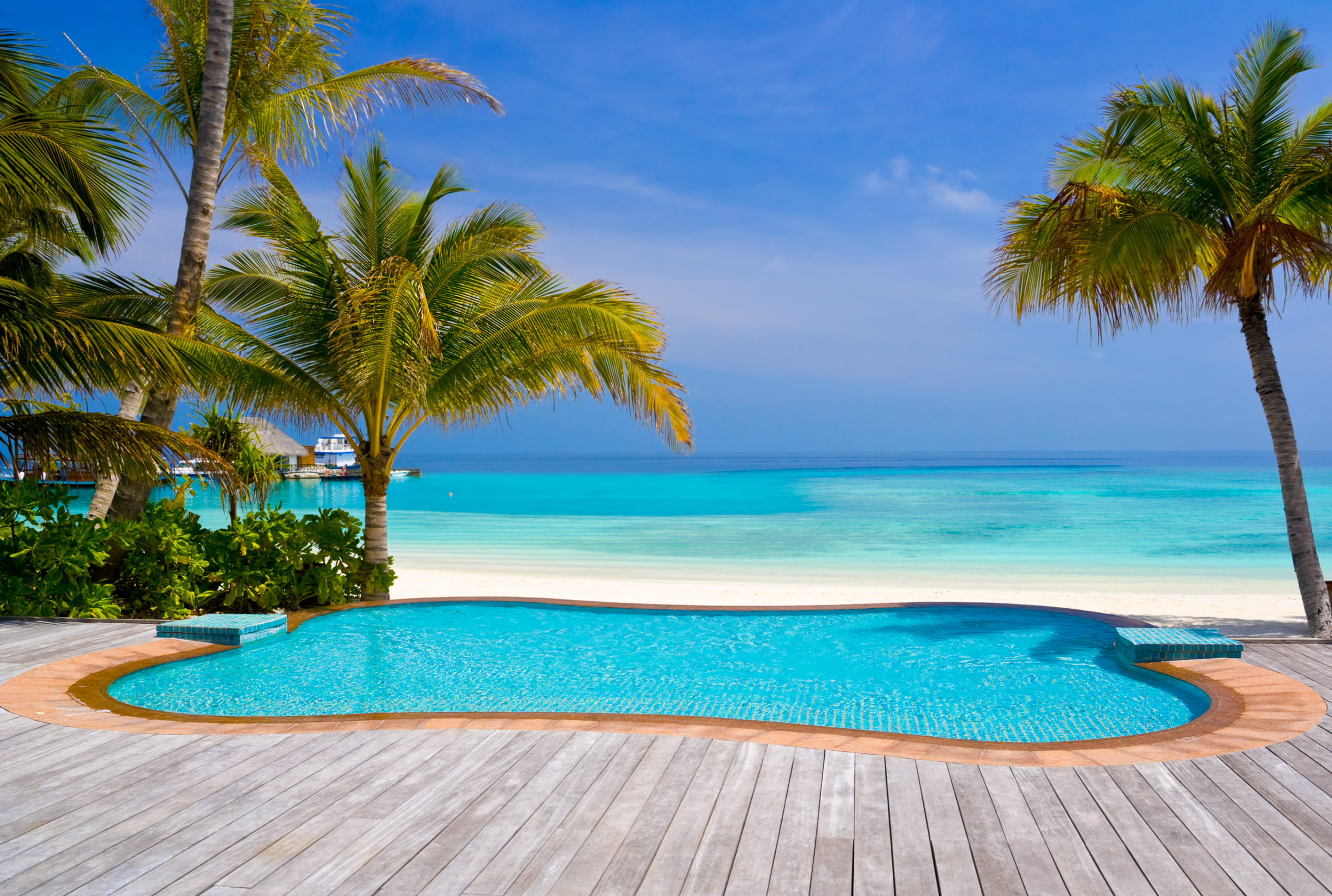
Frequently Asked Questions
What Are the Potential Health Risks Associated With Poor Pool Circulation?
Poor pool circulation can lead to bacterial growth, causing skin and eye infections. You’ll be safer with circulation system upgrades and healthier swimming practices. It’s not just about comfort, it’s crucial for your health.
How Frequently Should I Check and Maintain My Pool’s Circulation System?
You should check your pool’s circulation system monthly. Seasonal maintenance tips include regular cleaning and potential circulation system upgrades. Regular upkeep ensures clean, healthy water and prolongs the life of your pool equipment.
Can a Pool’s Design and Shape Affect Its Circulation?
Yes, a pool’s design and shape can significantly affect its circulation. Certain design considerations are critical circulation influencers. Sharp angles or irregular shapes may impede water flow and negatively impact your pool’s health.
Is There a Difference in the Circulation Needs of Saltwater Pools Versus Freshwater Pools?
Yes, there’s a difference. Saltwater conversions require particular attention to circulation for maintaining ideal salt levels. Freshwater pools need good circulation to distribute chlorine evenly, keeping the water clean and safe.
Can Poor Pool Circulation Increase the Cost of Pool Maintenance?
Yes, poor pool circulation can hike up your maintenance costs. Investing in circulation system upgrades and energy efficiency improvements will reduce these expenses by ensuring a cleaner, healthier pool environment.

